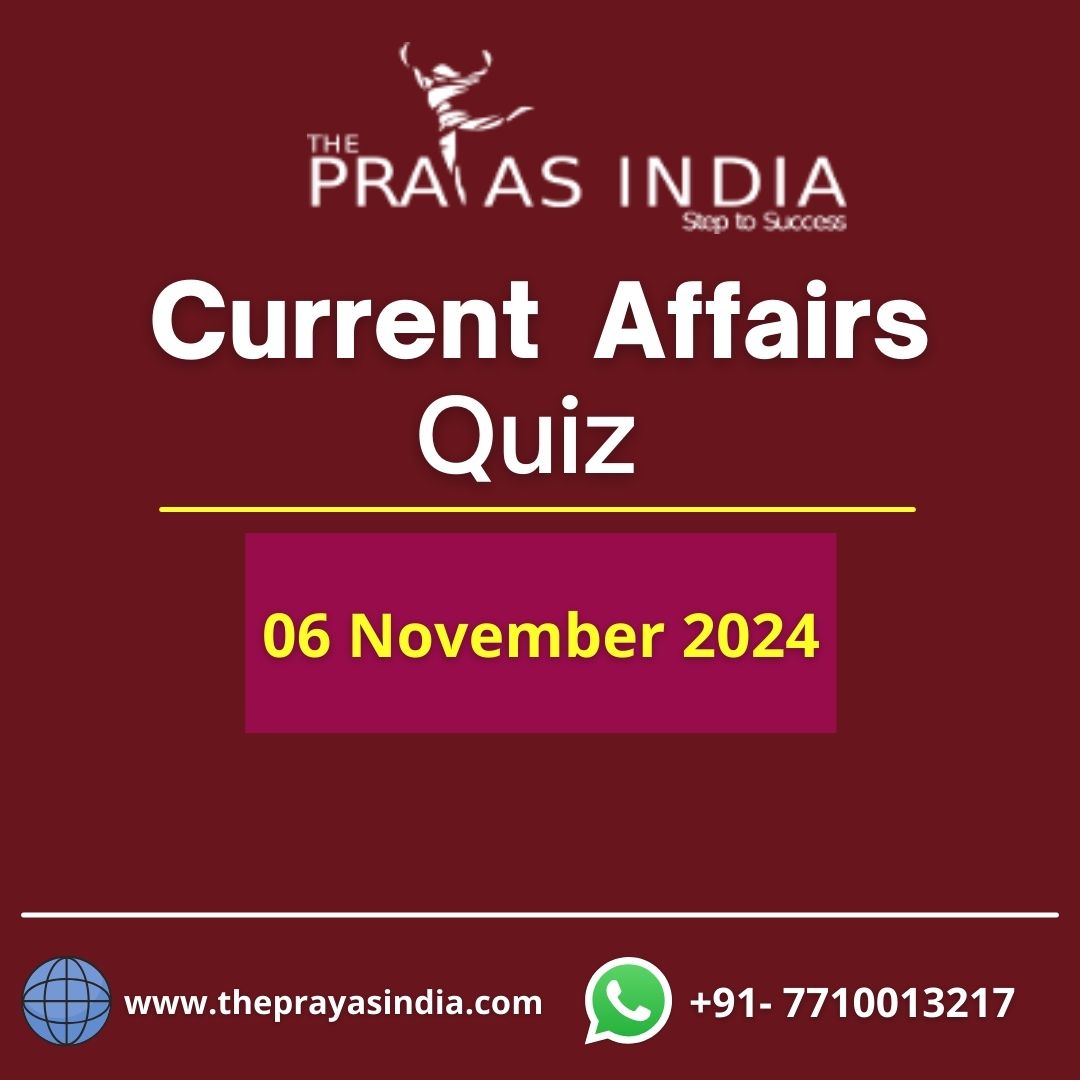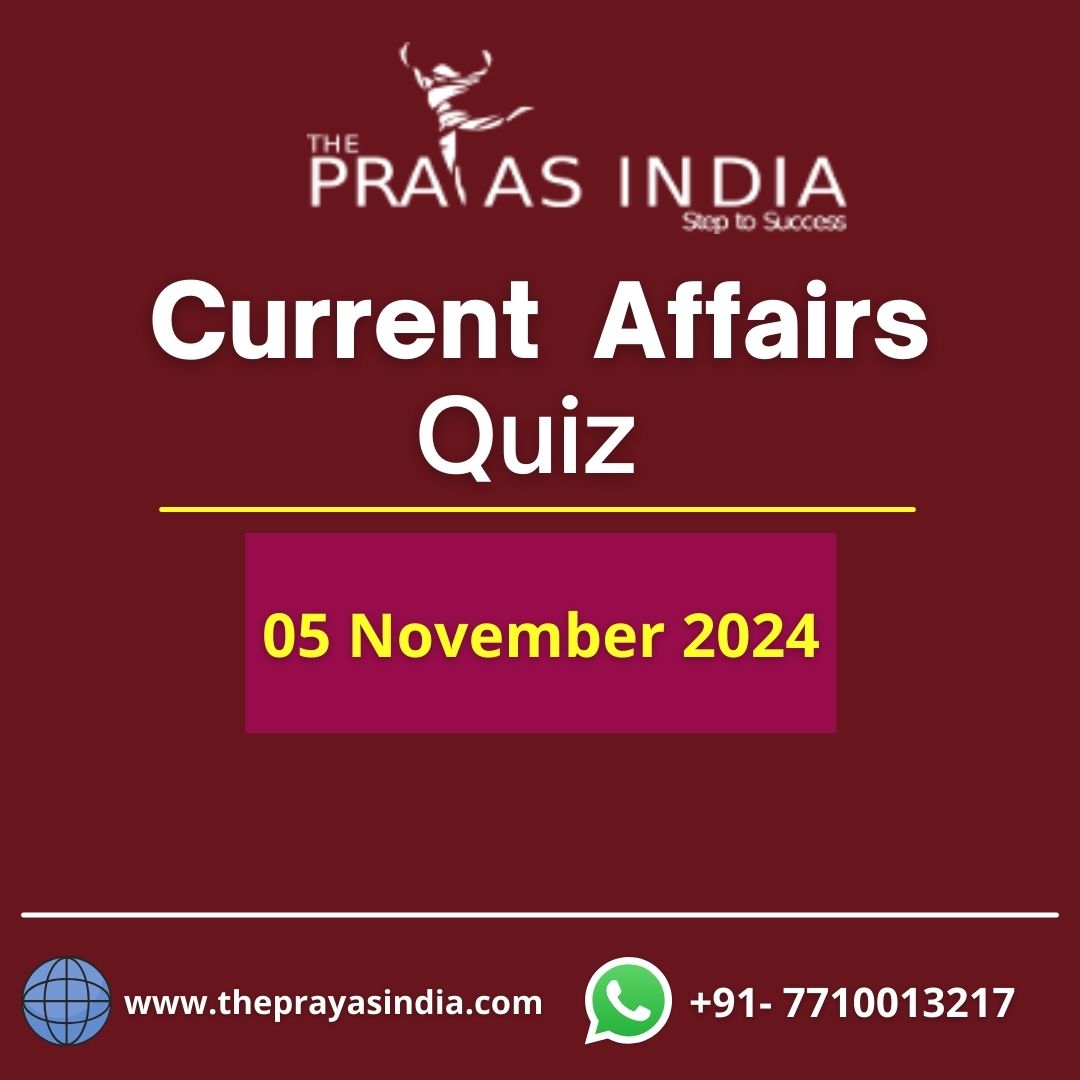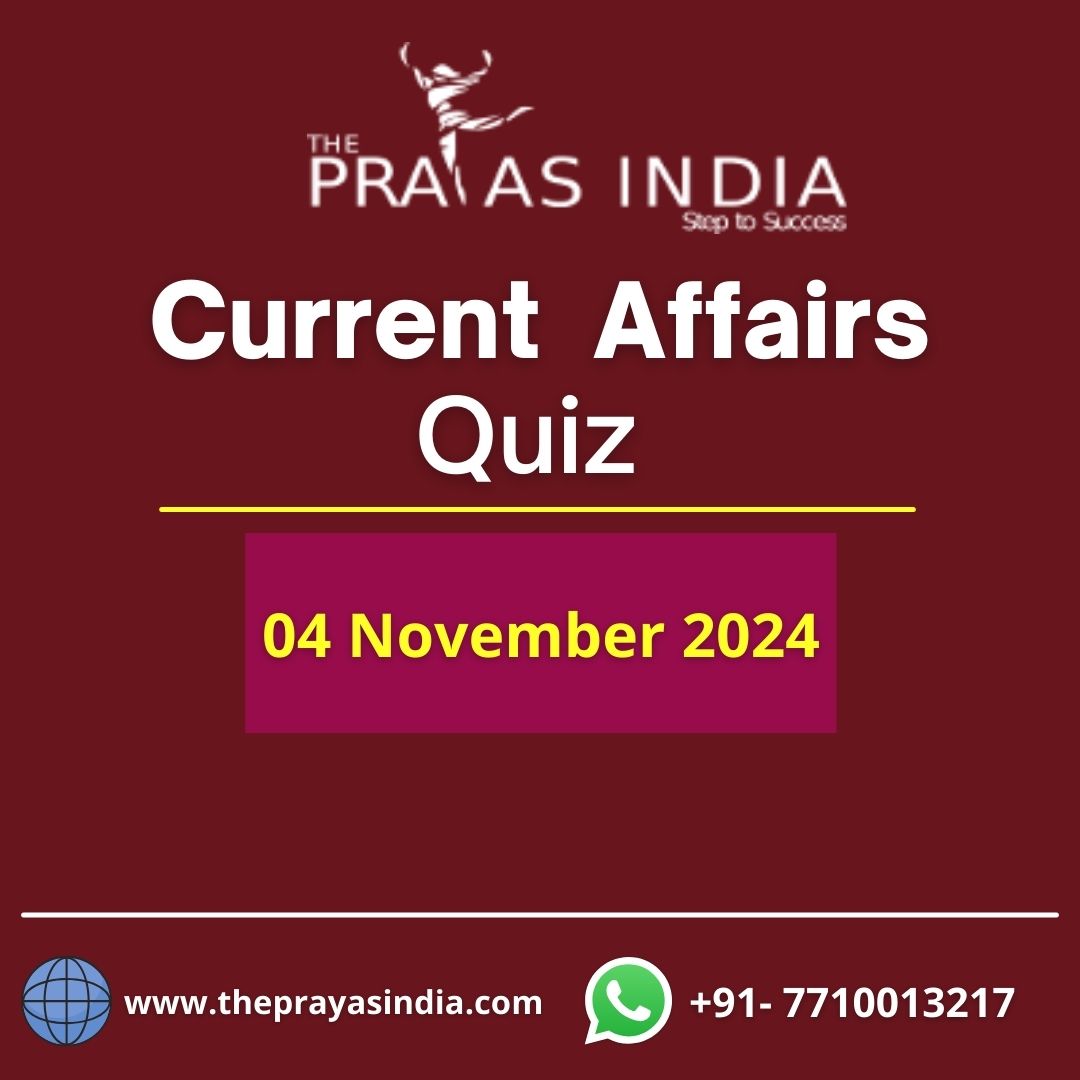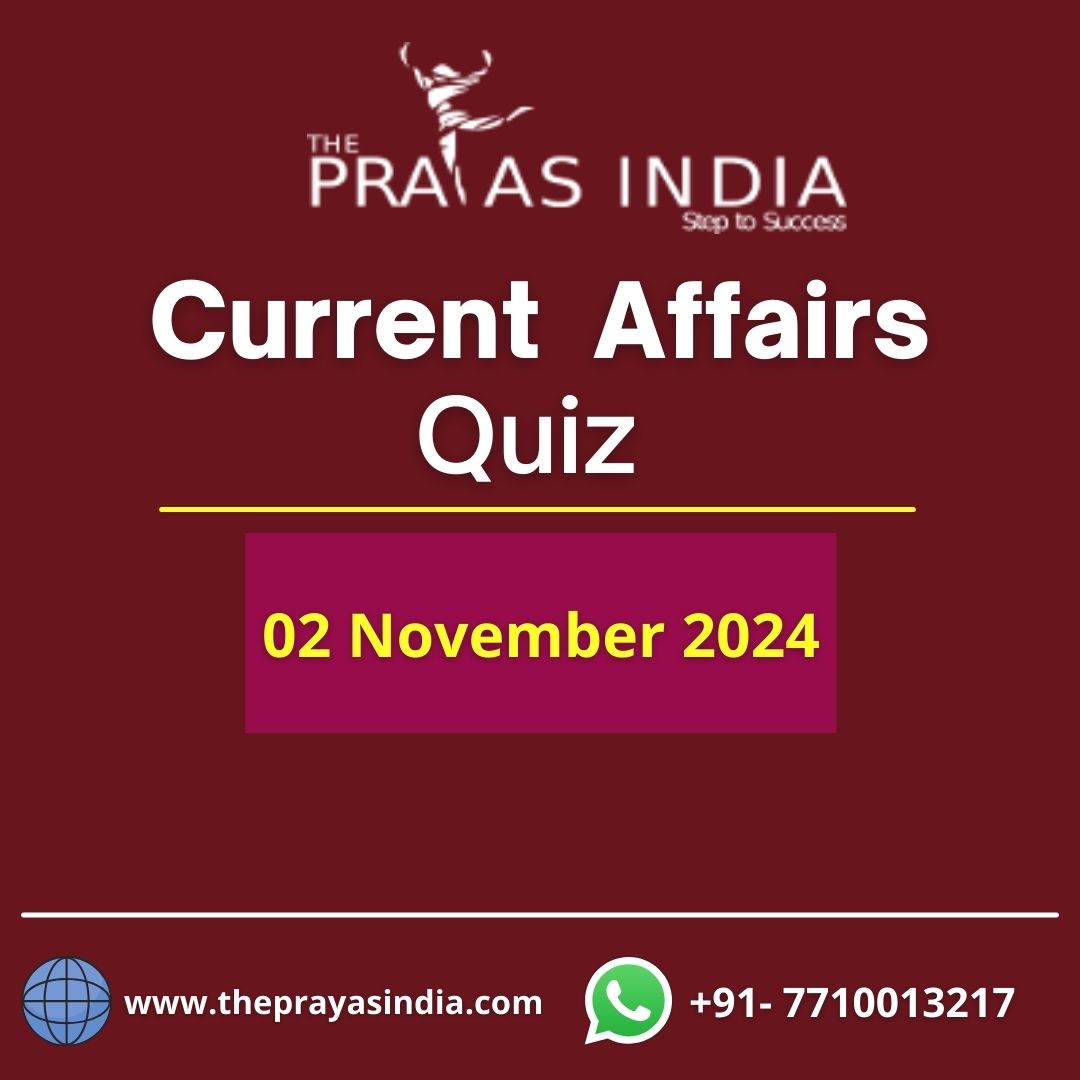Q1. Consider the following pairs (GI Tags: State):
- Yak Churpi: Manipur
- Khamti rice: Kerala
- Tangsa textile: Arunachal Pradesh
How many of the above pairs is/are correctly matched?
(a) Only one
(b) Only two
(c) All three
(d) None
Ans: (a)
Explanation:
- Context: Three indigenous products from Arunachal Pradesh – Yak Churpi, Khamti rice, and Tangsa textile – have received the prestigious Geographical Indication (GI) tag from the GI Registry
Q2. With reference to “tokenization for credit and debit card transactions” in India , consider the following statements:
- Tokenization refers to the replacement of actual card details with a unique alternate code called the ‘token’.
- The payment aggregators and payment gateways will not be able to save customer credit and debit card details such as three-digit CVV and expiry date.
- At present, the facility is available only for mobile phones and tablets of interested card holders.
How many of the above statements are correct?
(a) Only one
(b) Only two
(c) All three
(d) None
Ans: (b)
Explanation:
- Context: The Reserve Bank of India (RBI) governor, has proposed the introduction of card-on-file tokenisation (CoFT) at the issuer-bank level.
- This move aims to enhance data security and provide customers with more control over managing their card tokens.
- From October 1, 2022 the Reserve Bank of India’s card-on-file (CoF) tokenization norms have kicked in, which aim at improved safety and security of card transactions.
- Now, for any purchases done online or through mobile apps, merchants, payment aggregators and payment gateways will not be able to save crucial customer credit and debit card details such as three-digit CVV and expiry date.
- Tokenisation refers to the replacement of actual card details with a unique alternate code called the ‘token’, which shall be unique for a combination of card, token requester, (i.e. the entity which accepts requests from the customer for tokenisation of a card and passes it on to the card network to issue a corresponding token) and the device.
- The customer will not be charged for availing the tokenisation service.
- Earlier, the facility for card tokenisation was available only for mobile phones and tablets of interested card holders. Subsequently, with an uptick in tokenisation volume, the RBI decided to extend the scope of tokenisation to include consumer devices – laptops, desktops, wearables (wrist watches, bands, etc.) and Internet of Things (IoT) devices.
- Tokenisation can be performed only by the authorised card network and recovery of original Primary Account Number (PAN) should be feasible for the authorised card network only. Adequate safeguards have to be put in place to ensure that PAN cannot be found out from the token and vice versa, by anyone except the card network.
Q3. Consider the following statements about National Framework for Climate Services:
- It is a new All India Services of Government of India.
- It is based on the Global Framework for Climate Services.
- It aims to strengthen the data collection, and run weather and climate models to provide climate data and information.
How many of the above statements are correct?
(a) Only one
(b) Only two
(c) All three
(d) None
Ans: (b)
Explanation:
- Context: India is launching its first national-level framework for climate services, known as the National Framework for Climate Services (NFCS), led by the India Meteorological Department (IMD).
- The NFCS aims to provide climate information and services to various sectors, including agriculture, energy, disaster management, health, and water, to help them make informed decisions and mitigate climate risks.
- The NFCS is based on the Global Framework for Climate Services (GFCS), which focuses on generating high-quality climate data and information, with priority sectors including agriculture, energy, health, water, and disaster risk reduction.
- The need for NFCS arises from the gaps in weather and climate data across India, particularly in the Himalayan regions and oceans, limiting the IMD’s ability to make long-term climate predictions.
- Benefits:
- The NFCS aims to strengthen the observational network, improve data collection, and run weather and climate models to provide tailored climate data and information.
- This information will support preparations for new climate conditions and adaptation to their impacts on various aspects of society, such as water supplies, health, agriculture, infrastructure, and energy generation.
Q4. Which of the following is the only African country with coastal exposure to both the Atlantic Ocean and the Mediterranean Sea?
(a) Spain
(b) Egypt
(c) Algeria
(d) Morocco
Ans: (d)
Explanation:
- Morocco borders Algeria to the east and southeast, Western Sahara to the south, the Atlantic Ocean to the west, and the Mediterranean Sea to the north. It is the only African country with coastal exposure to both the Atlantic Ocean and the Mediterranean Sea.
Q5. We adopted parliamentary democracy based on the British model, but how does our model differ from that model?
- As regards legislation, the British Parliament is supreme or sovereign but in India, the power of the Parliament to legislate is limited.
- In India, matters related to the constitutionality of the Amendment of an Act of the Parliament are referred to the Constitution Bench by the Supreme Court.
Select the correct answer using the code given below.
(a) 1 only
(b) 2 only
(c) Both 1 and 2
(d) Neither 1 nor 2
Ans: (c)
Explanation:
- In the British model of parliamentary democracy, the British Parliament is considered supreme or sovereign. This means that the British Parliament can make or repeal any law, and no other body or authority can override or challenge its decisions. In contrast, in India, the power of the Parliament to legislate is limited by the Constitution of India. The Indian Constitution establishes a system of checks and balances where the Parliament’s legislative powers are subject to certain constitutional limitations, including fundamental rights.
- In India, matters related to the constitutionality of the Amendment of an Act of the Parliament are indeed referred to the Constitution Bench by the Supreme Court. This is an important feature of the Indian judicial system. The Supreme Court of India has the authority to review and decide the constitutionality of laws passed by the Parliament, and in cases where there are questions about the constitutional validity of an Act, it can refer the matter to a Constitution Bench for a detailed examination. This process ensures that the Constitution’s integrity is maintained.




